Greenhouses are invaluable if you want to be able to keep the growing season going for longer throughout the year than Mother Nature typically allows.
While all the fancy additions like heat and supplemental lighting can extend that period even longer, a simple, basic, unheated greenhouse can also do wonders if you know how to work with it.
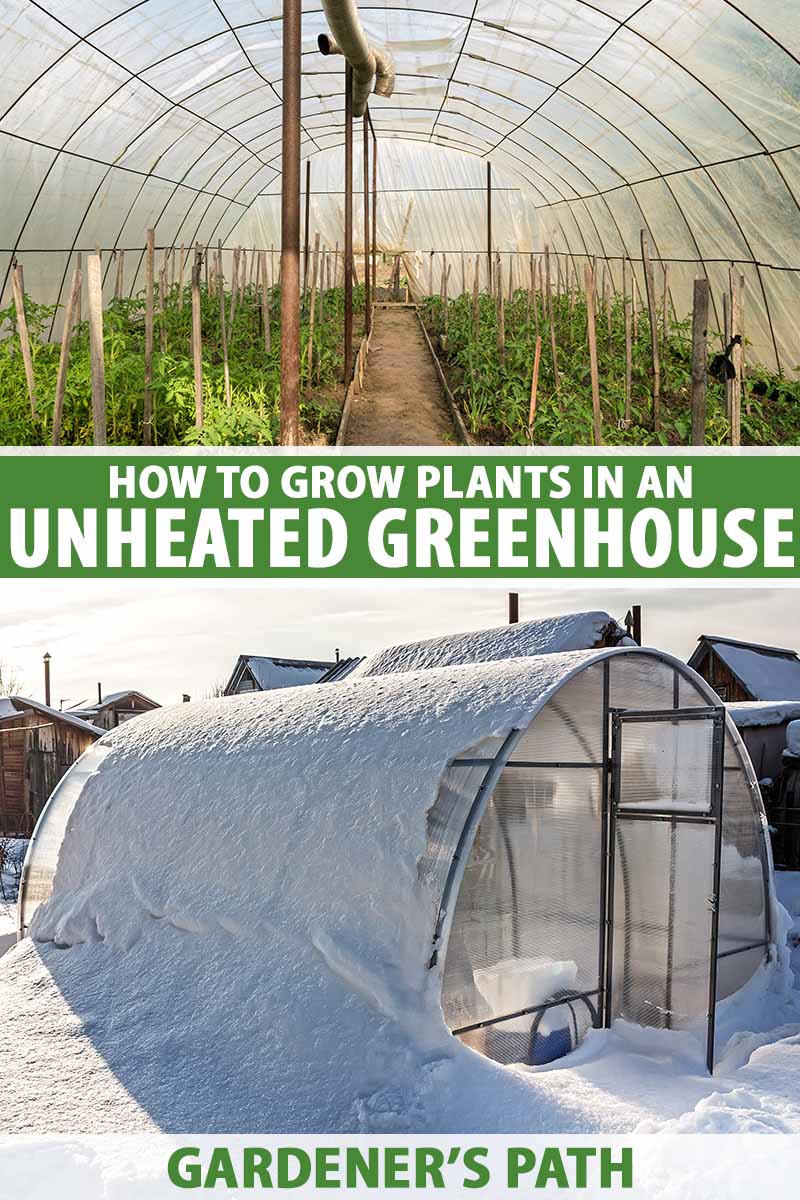
We link to vendors to help you find relevant products. If you buy from one of our links, we may earn a commission.
To truly take advantage of everything a greenhouse has to offer, you need to add heat. But that doesn’t mean you can’t use an unheated greenhouse to extend the growing season.
An unheated greenhouse is still warmer than the outside because the sun heats up the interior air and that heat stays trapped inside, helping you to keep plants alive that wouldn’t otherwise thrive in your region. Light is the other part of the equation.
While you can purchase fairly affordable solar-powered greenhouse heaters, not all gardeners want or need the extra increase in temperature.
If you want to go back to basics and use an unheated greenhouse, it’s totally doable. In fact, in most USDA Hardiness Zones, you can grow crops all year, even without heat.
To help you make the most of your greenhouse, we’re going to chat about the following:
What You’ll Learn
A greenhouse is hands-down the nicest thing to have if you don’t want to give up gardening just because winter is on the horizon. We’ll help you figure out how to use it.
Does a Greenhouse Need Supplemental Heating?
A greenhouse doesn’t require supplemental heating to help you extend the growing season – the air inside is heated by the sun.
That warmed air is trapped inside by the glass or plastic panels, so everything inside stays warmer than it is outside. Think of the interior of a car on a hot summer day and you have the idea.
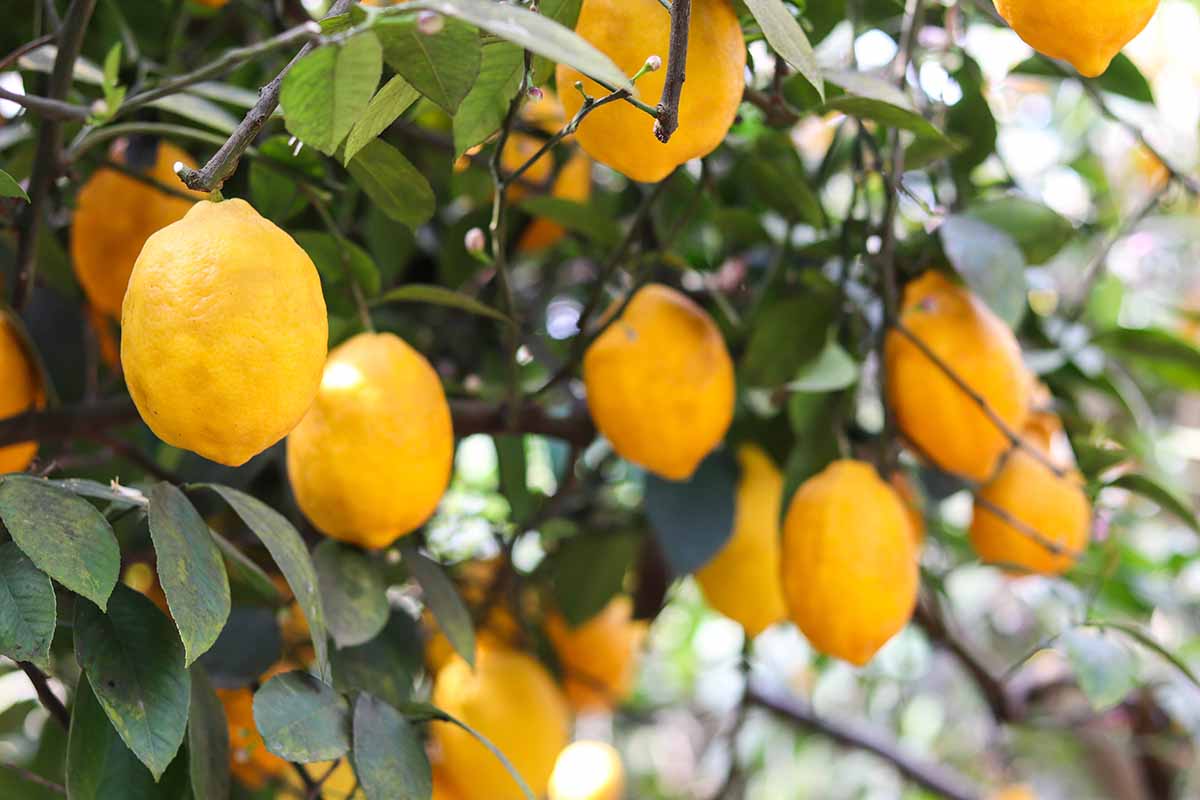
Depending on whether you’re able to position your greenhouse so the plants inside receive eight hours or more of sun per day, the number of layers of glass or plastic you have covering your structure, and what sort of base you have under your greenhouse, the temperature inside may be 10 degrees warmer than the outside, or sometimes more.
This is especially true if you have lots of sunny days in the winter.
But you’ll typically see a bit less of an increase than this. Expect an average eight degrees warmer than the outside temperature, unless you add supplemental heating.
The earliest rudimentary examples weren’t heated, and even though people quickly figured out how to heat them using stoves and underfloor heating elements, many gardeners continued growing without these modern additions.
You’ll simply be more limited in which species you can grow if you don’t use supplemental heat.
If you live in Zone 5 and you have dreams of growing pomegranates and avocados, I hate to burst your bubble, but it ain’t happening without some heat and maybe even supplemental lighting.
But a year-round crop of kale and mustard greens? That’s entirely possible.
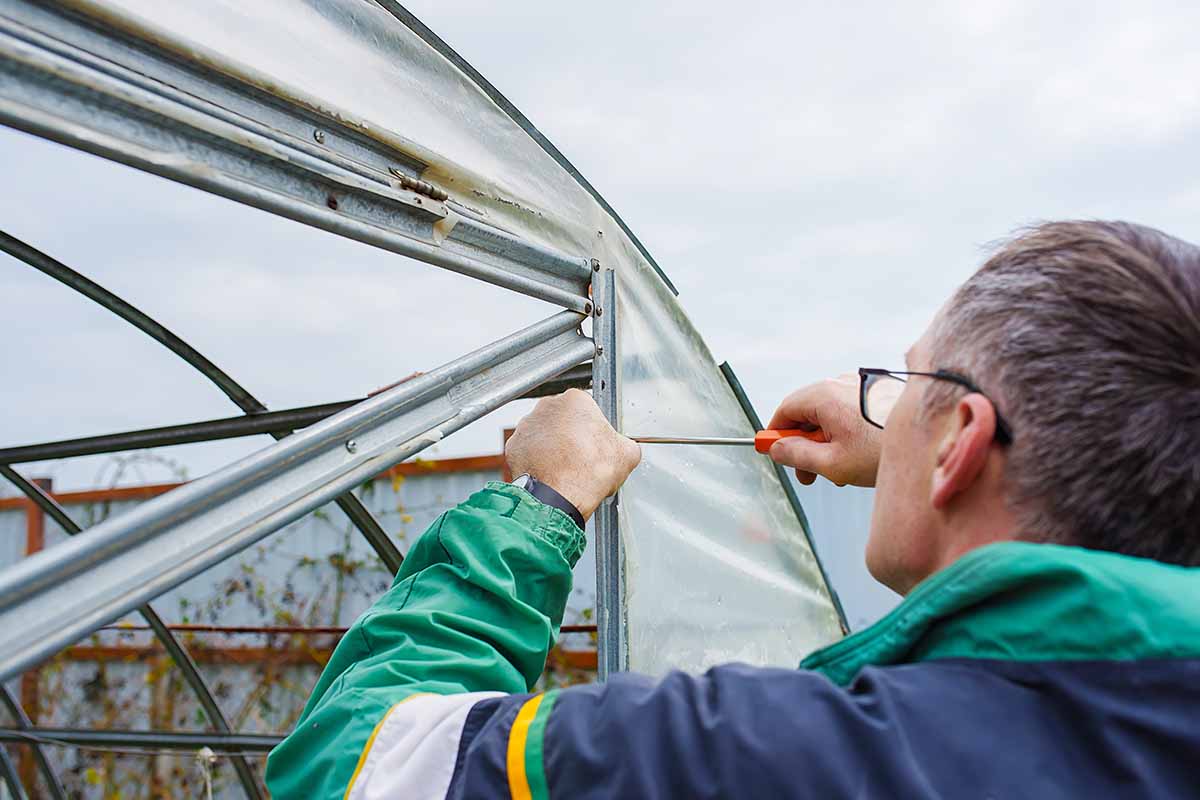
You can also use an unheated greenhouse to start seedlings in the spring or harden off seedlings before they make the leap to the great outdoors. On top of that, you can also protect tender perennials, cold-stratify seeds, and propagate new plants.
You should close any vents and doors during the day to trap the heat inside unless it’s particularly warm, with daytime temperatures in the 50s.
It’s helpful to open the vents to improve air circulation, but your ability to open them without potentially causing harm to plants is severely limited during the winter with an unheated structure.
Ideal Species to Grow
Some plants just aren’t going to do well in an unheated greenhouse in the middle of winter. Citrus, tomatoes, corn, beans, and chilis are totally off the list for year-round cultivation unless you’re in Zone 8 or above.
But there are plenty of edible crops that will do just fine. All of those cold-tolerant veggies like carrots, chard, kale, broccoli, brussels sprouts, cabbage, peas, onions, radishes, turnips, and other types of root crops typically thrive down to Zone 4.
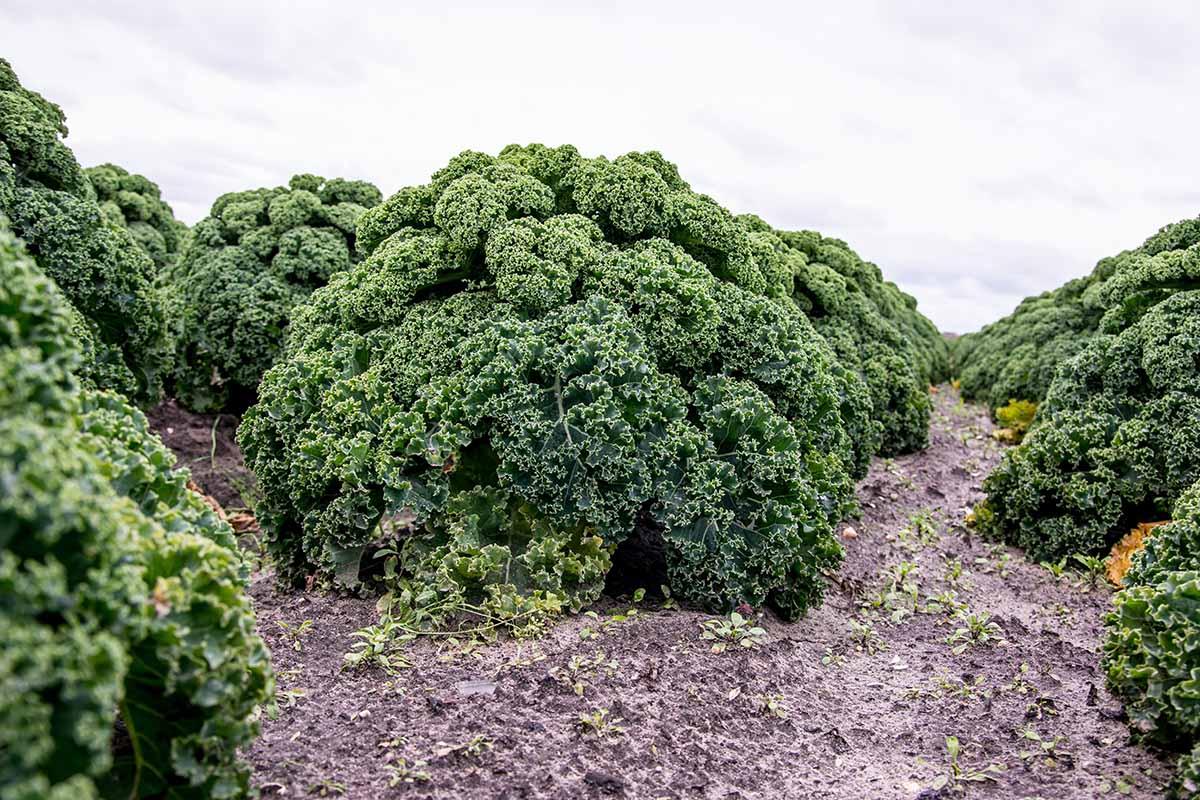
Many cold-hardy herbs are also perfectly happy. Just don’t invite basil to the party. He’s notoriously whiny when temperatures drop below 40°F.
I think root crops are particularly excellent in a greenhouse. Potatoes, beets, and rutabagas develop more sugar when they grow in chillier conditions.
You can also overwinter ornamental frost-sensitive plants like fuchsia, bougainvillea, marigold, and hibiscus. As a bonus, believe it or not, these flowers are actually edible as well.
Know Your Zone
I don’t want to dash any hopes and dreams here, but if you live in Zones 1 to 3, you’re going to need to heat your greenhouse. I’m sorry, I don’t make the rules (or the weather)!
Those in Zones 4 to 7 might need to come out with a rescue blanket several times during the winter. In Zones 8 and up, you’re on easy street.

You need to be aware of what your average seasonal temperatures are as well as the current forecast to know how relaxed you can be about your unheated space.
For those in Zones 4 to 7, you’re going to need to watch the weather forecast and check on your greenhouse daily. All it takes is one night of sub-zero temps when you forget to check the weather and your crops are dead.
What You’ll Need
We’re going bare bones here, but you’ll still need a few things.
First is a reliable thermometer, preferably one that can also tell you how humid it is inside the greenhouse.
This combination thermometer and hygrometer by AikTyree that’s available from Amazon is a good option.

It has separate, easy-to-read displays for both humidity and temperature.
Some supplemental lights and a ventilation fan are also good to have, though not essential. If you don’t have wired electricity, you can find solar-powered options, like Sun Energise’s 20W solar panel and exhaust fan.

Nab one at Amazon to improve the air circulation in your space. It has a backflow preventer and a large enough solar panel to soak up the sun even in the lower-light conditions of winter.
Speaking of, you should put your greenhouse in a location where it will receive lots and lots of direct sun. The more the better, since you’re relying on the sun to increase the air temperature inside the greenhouse.
If you’re setting up your greenhouse during the summer, remember that the sun will be lower in the sky during the winter, and many trees will also be bare.
Protect Your Plants
If there’s one thing you need to be aware of when using an unheated greenhouse, it’s the wild temperature fluctuations that many areas can experience in the winter, as well as in the summer.
You absolutely must keep an eye on the forecast. You might be having your typically nice fall days in the mid-50s, but a surprise cold snap will take things down into the 20s. And that’s time to act.
If there’s an expected cold snap that’s going to be particularly long or cold coming up in the forecast, provide your plants with some extra protection. Even though they’re inside, they can still be impacted by frost.
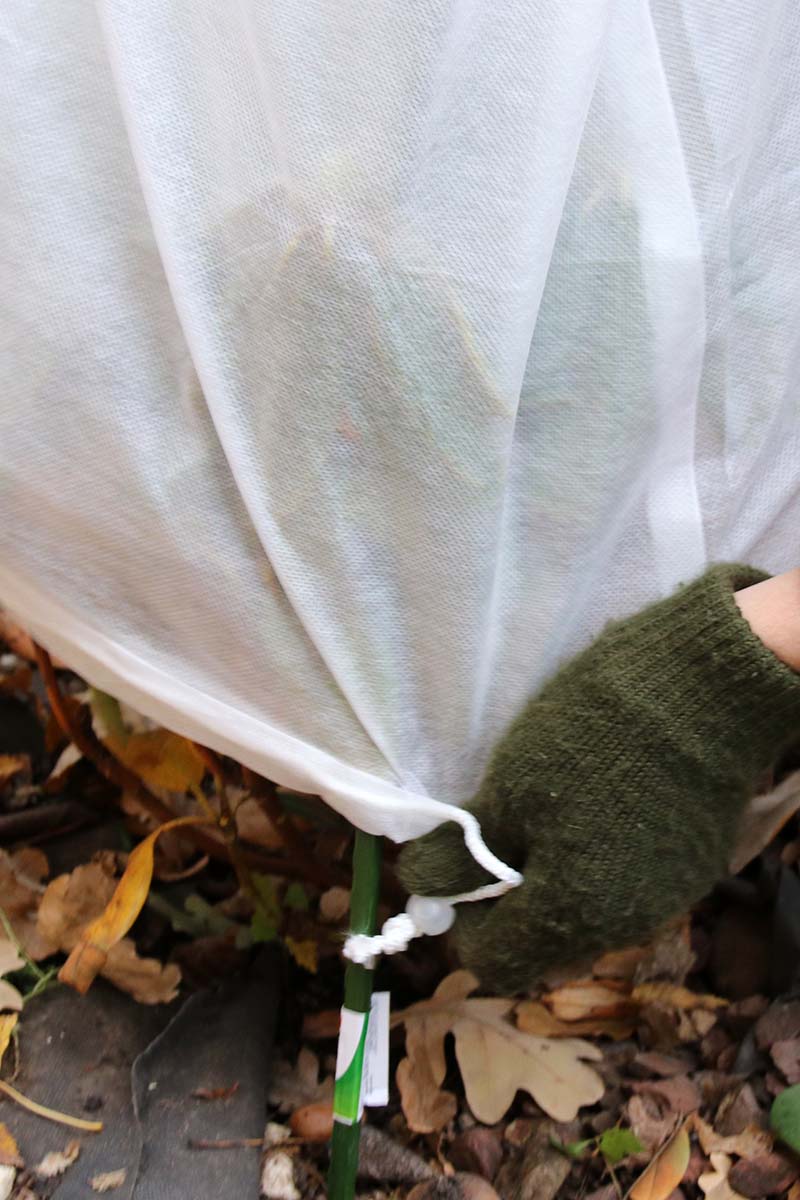
Cover plants with a blanket or frost cloth and wrap any pots in cardboard, blankets, or bubble wrap to provide insulation. Don’t forget to remove the coverings during the day so the plants can access light, and to reduce the risk of fungal disease.
If you live in Zone 5 or 6, it might be easiest to place permanent hoops, frames, or other support structures around your plants. Then you can just head outside and cover them when it’s freezing out without having to worry about crushing the foliage.
Add deep layers of straw or leaf mulch to help insulate roots. If you want to go the extra mile, place your compost inside the greenhouse.
Compost generates heat and it will raise the temperature slightly within your structure, for the benefit of your plants on those cool nights.
You should open the windows, doors, and/or vents on hot days. You don’t want to roast your veggies before they even make it into the kitchen.
Starting Seeds
Any seed that germinates well in cooler temperatures can be started in an unheated greenhouse.
These structures provide the ideal environment during the winter, with cool temperatures and higher humidity than the air outdoors.
Just keep in mind as the seedlings emerge that you might want to provide extra protection or even bring them indoors if the temperatures drop really low.
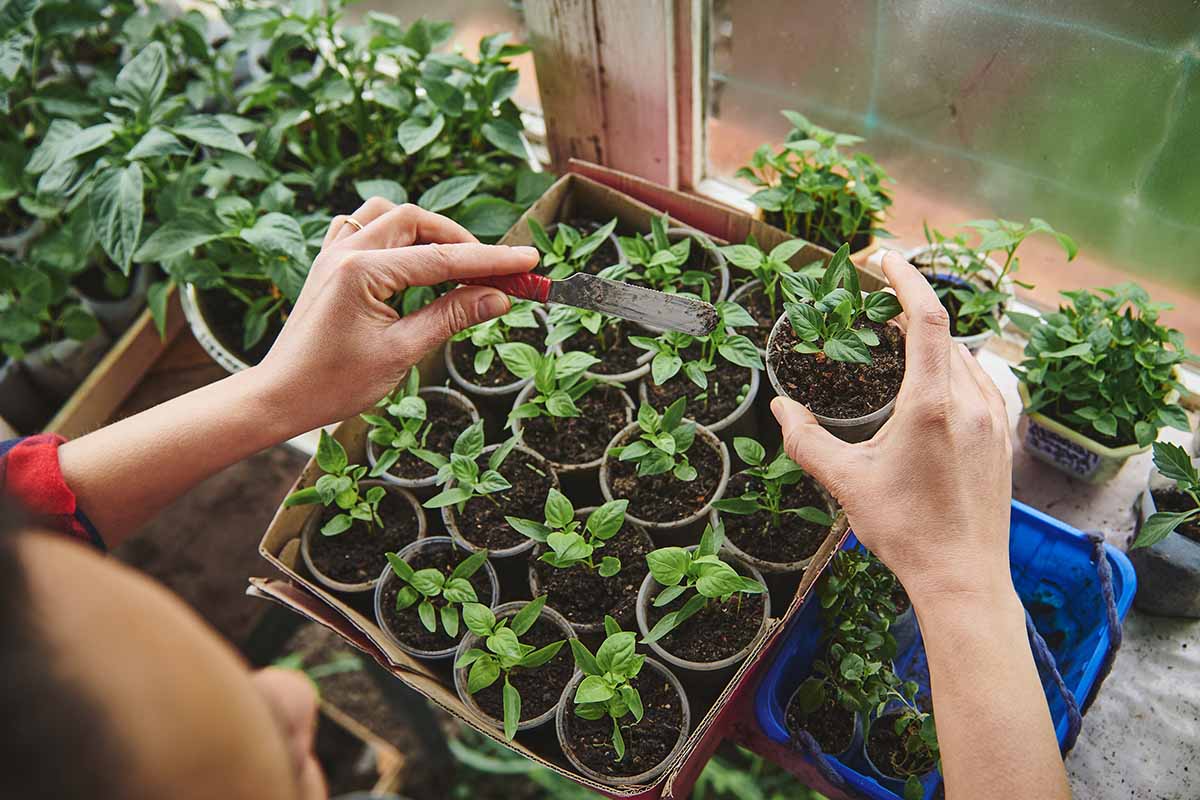
Young seedlings are usually less tolerant of cold temperatures than more mature plants. Give them protection when the ambient air temperature inside your greenhouse drops below 40°F.
Unless you live in the southern half of the US, supplemental lighting will also be necessary for starting seeds of many species.
It may not be required for the seeds to germinate, but the young seedlings will need plenty of light so they put on healthy growth and don’t become leggy.
If you just want to use your greenhouse to cold-stratify seeds in the winter, you can do that too. Put the seeds in an appropriate medium in a jar or resealable bag and wet the medium.
Seeds vary in terms of how long you’ll need to leave them outdoors in cold temperatures and how cold the temps need to be, so be aware of this and do your research. You might need to pop them in the fridge instead if temperatures warm up.
Find more tips on starting seeds in your greenhouse here.
When to Plant
For typical crops that aren’t cold tolerant, whatever you plant will need to be ready to harvest before the number of daylight hours drops below nine per day and freezes begin to occur regularly in your area.
For some, this might be in December and others will need to start pulling plants in late October. Look at your seed packets and count backwards from your first hard freeze for the number of days needed to mature. That’s when you’ll need to plant.
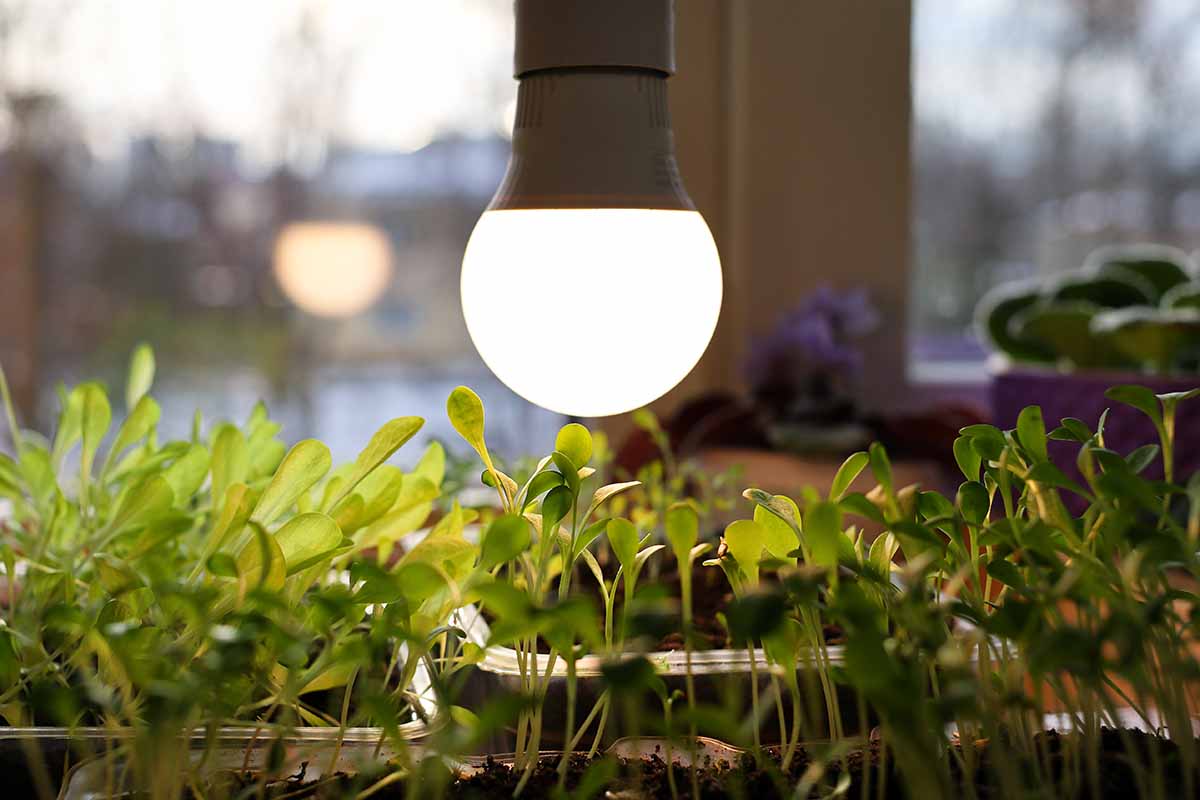
This applies to warm-season crops like tomatoes, peppers, corn, beans, and squash.
Other plants mentioned above that are more tolerant of cold conditions can be planted in October or November and you’ll still see a harvest. Many will be perfectly fine in an unheated greenhouse all winter long.
If you’re potting up garden plants, do it a month or so before you intend to move them into the shelter of your greenhouse so they have time to adjust and become established.
Maintenance
Winter crops need less care than summer crops. The pests and diseases that pop up tend to be fewer, if any are around to begin with.
Plants also need less water because they tend to grow more slowly and there’s less heat to cause evaporation. Depending on the species, you’ll generally want to let the top inch or two of soil dry out in between watering.
You usually won’t need to fertilize at all if you’re starting your plants in fresh soil. Compost and mulch are suitable amendments, but avoid manure. It’s too nutrient rich, and can potentially burn plants.

Any plant that dies back in the winter and that’s being stored in the greenhouse for extra protection from the elements should be pruned back to just above the soil level.
Your biggest job will be sweeping the snow off your structure when it accumulates. Snow blocks the sun, and while it does add insulation, it won’t do your crops any favors. A broom and a ladder can help to get the job done.
You should also watch for any rodent damage like chewed-on pots or leaves, or evidence of their presence like tipped over pots and droppings. If you see any evidence of rodents, try to seal up any holes in your structure and use repellents or traps.
Bring the (Natural) Heat with Your Unheated Greenhouse
Just because your greenhouse doesn’t have a supplemental heat source, that doesn’t mean it’s not an incredibly useful tool. You can absolutely grow crops year-round with even the most rudimentary structure.
It might take a little extra work now and then when the weather takes a turn for the worse, but I promise it’s worth it once you’re creating a stunning kale and onion soup fresh from the garden while everyone else is buying tired stuff from the grocer.
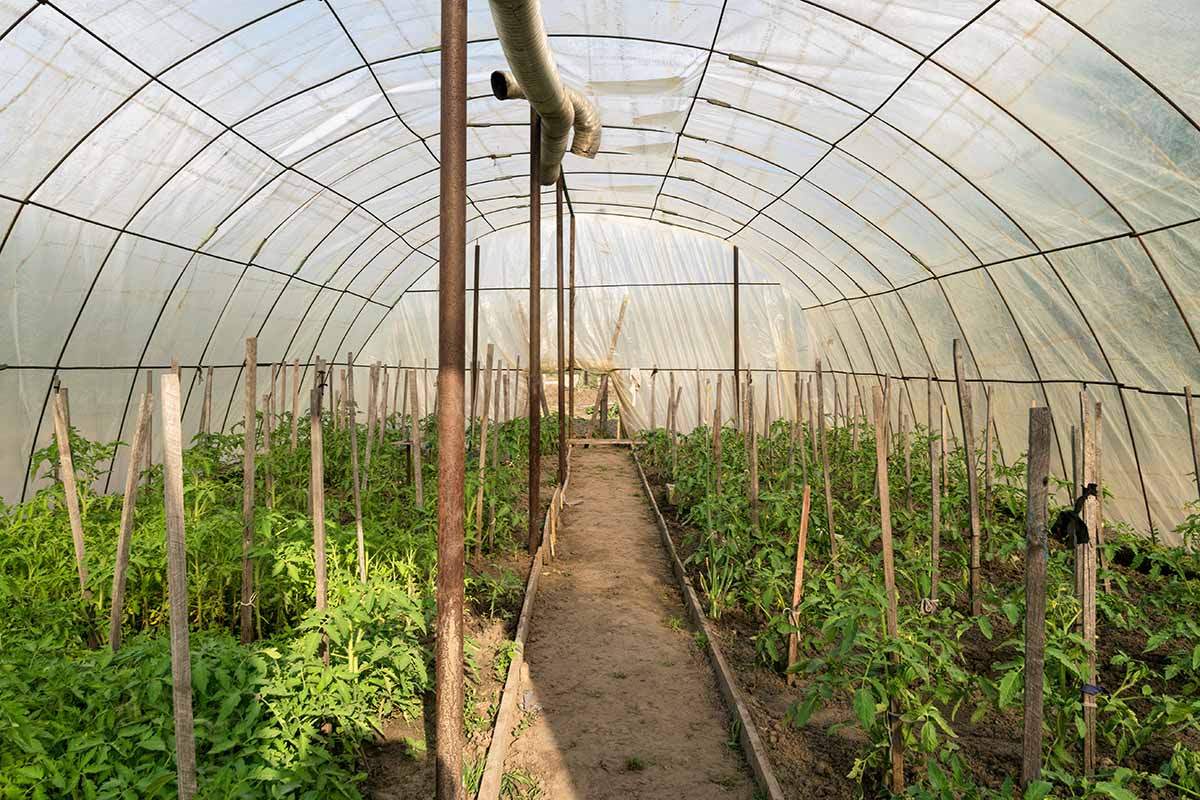
What?! You don’t have a good onion and kale soup recipe? Head to our sister site Foodal for an excellent one.
What do you like to grow in the winter? How do you use your winter crops? Let us know in the comments section below.
I truly hope this guide helps you to expand your growing season and keep fresh produce on the table even during those typically barren months.
If you’re looking to expand your repertoire of winter growing techniques even more, you might be interested in some of our other guides. Here are a few to check out next:
Thank you so much for this insightful article. You were very thorough with the information and suggestions.
Very informative. Thank you so much, Kristine.
So happy you found it helpful. Good luck with your growing!
Thanks for your words of wisdom! Looking forward to trying a winter crop in the greenhouse!😁
Glad we could help! Enjoy your crops!